Home>Furniture & Design>Bathroom Accessories>Why Is Bathtub Water Blue
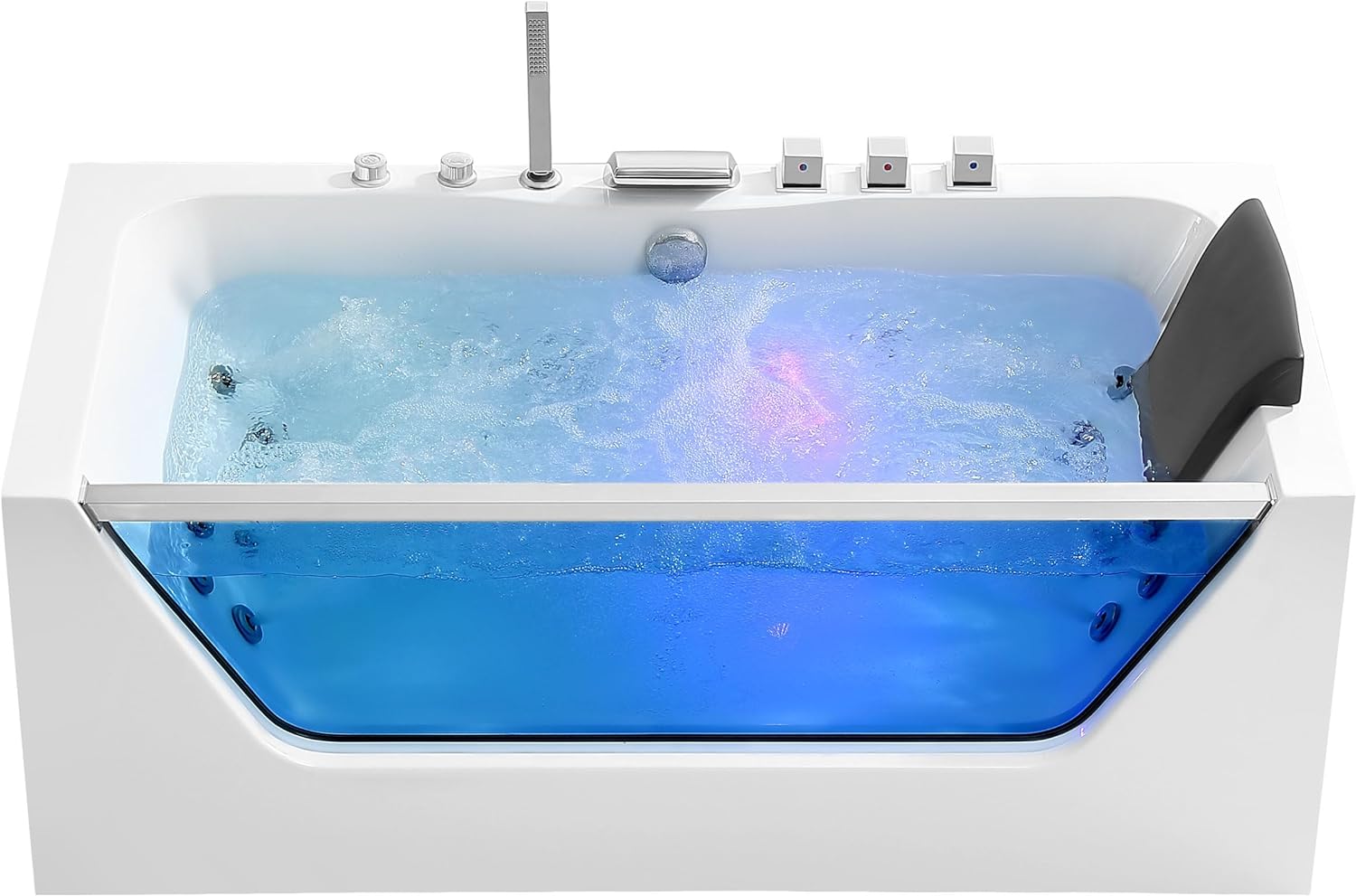

Bathroom Accessories
Why Is Bathtub Water Blue
Published: February 18, 2024
Discover the reason behind blue bathtub water and find the best bathroom accessories to enhance your bathing experience. Explore our range now!
(Many of the links in this article redirect to a specific reviewed product. Your purchase of these products through affiliate links helps to generate commission for Storables.com, at no extra cost. Learn more)
Introduction
When it comes to enjoying a relaxing soak in the bathtub, the last thing anyone wants to encounter is an unexpected hue in the water. Imagine filling up the tub, eagerly anticipating a tranquil bath, only to find the water has an unusual blue tint. This surprising sight can raise numerous questions and concerns. What could be causing the water to turn blue? Is it safe to bathe in? How can this issue be resolved? In this article, we will delve into the intriguing phenomenon of blue bathtub water, exploring the science behind it, common causes, potential health and safety concerns, and effective preventive measures. So, let's embark on this journey to unravel the mysteries of blue bathtub water and gain a deeper understanding of this peculiar occurrence.
Key Takeaways:
- Beware of Blue Bathtub Water! It’s caused by copper in the plumbing, but it’s usually safe. Regular maintenance and water testing can keep your bath water crystal clear and worry-free.
- Keep Your Bath Water Blue-Free! Prevent copper leaching by using non-copper plumbing materials, regulating pH levels, and installing water filtration systems. Stay safe and enjoy your relaxing baths!
Read more: Why Is My Toilet Water Blue
The Science Behind Blue Bathtub Water
The sight of blue water in a bathtub can be perplexing, but there is a scientific explanation behind this unusual phenomenon. The most common reason for bathtub water turning blue is the presence of copper in the plumbing system. Copper, a naturally occurring metal, can leach into the water supply due to various factors, such as corrosion of copper pipes, fittings, or fixtures. When the water comes into contact with these copper components, it can dissolve small amounts of the metal, imparting a bluish tint to the water.
The blue coloration of the water is attributed to a chemical reaction between the copper and the water itself. This reaction forms copper (II) hydroxide, a blue precipitate that gives the water its distinctive color. The presence of dissolved oxygen in the water further accelerates this reaction, contributing to the formation of the blue hue. Additionally, certain pH levels and water temperatures can influence the intensity of the blue color, making the water appear more or less vibrant.
It's important to note that the occurrence of blue bathtub water is not necessarily indicative of a health hazard. While the presence of copper in the water may cause aesthetic concerns, it typically does not pose a significant health risk at low concentrations. However, it is essential to address the underlying cause of the copper leaching to ensure the water remains safe for use.
Understanding the science behind blue bathtub water empowers homeowners to take proactive measures to mitigate this issue. By recognizing the role of copper and the chemical reactions involved, individuals can make informed decisions when addressing plumbing concerns and safeguarding the quality of their water supply.
Common Causes of Blue Bathtub Water
The presence of blue water in a bathtub can be attributed to several common causes, each linked to specific factors within the plumbing system. Understanding these underlying reasons is crucial for effectively addressing the issue and restoring the water to its natural color. Here are the primary causes of blue bathtub water:
-
Copper Plumbing Systems: One of the most prevalent causes of blue bathtub water is the presence of copper in the plumbing infrastructure. Homes with copper pipes, fittings, or fixtures may experience copper leaching into the water supply. This occurs when the water comes into contact with the copper components, leading to the dissolution of small amounts of the metal. As a result, the water takes on a blue tint due to the formation of copper (II) hydroxide, a blue precipitate resulting from the chemical reaction between copper and water.
-
Low pH Levels: Another factor that can contribute to the bluish discoloration of bathtub water is low pH levels. When the water has an acidic pH, it can exacerbate the corrosion of copper pipes and fittings, causing higher levels of copper to leach into the water. As a result, the water may exhibit a more pronounced blue coloration, signaling the presence of elevated copper concentrations.
-
Dissolved Oxygen: The presence of dissolved oxygen in the water can accelerate the chemical reaction between copper and water, leading to the formation of copper (II) hydroxide. This reaction is a key contributor to the development of the blue hue in the bathtub water. Therefore, factors that increase the dissolved oxygen content in the water, such as aeration or agitation, can intensify the bluish discoloration.
-
Water Temperature: Fluctuations in water temperature can also influence the manifestation of blue bathtub water. Higher temperatures can expedite the corrosion of copper components, potentially leading to increased copper leaching and a more pronounced blue color in the water. Conversely, colder water temperatures may mitigate the extent of copper dissolution, resulting in a less intense blue tint.
By identifying these common causes of blue bathtub water, homeowners can take proactive measures to address plumbing issues and mitigate the factors contributing to copper leaching. Implementing appropriate solutions and preventive measures can help restore the water to its natural color, ensuring a pleasant and worry-free bathing experience.
Health and Safety Concerns
The presence of blue water in a bathtub may raise valid concerns regarding the health and safety implications of using such water for bathing and other domestic purposes. While the aesthetic aspect of blue bathtub water is certainly disconcerting, it is essential to address any potential health and safety issues associated with this phenomenon.
First and foremost, it is important to emphasize that the presence of copper in the water, which causes the blue discoloration, does not necessarily pose an immediate health hazard at low concentrations. Copper is an essential mineral that the human body requires in trace amounts for various physiological functions. However, excessive exposure to copper, particularly through ingestion or skin contact with highly concentrated copper solutions, can lead to adverse health effects.
When considering the use of blue bathtub water, it is crucial to assess the copper concentration and the overall water quality. Elevated levels of copper in the water supply can result in a metallic taste, and in some cases, individuals may experience gastrointestinal discomfort if the water is ingested. Furthermore, prolonged exposure to high copper concentrations in water can potentially lead to copper toxicity, manifesting in symptoms such as nausea, vomiting, diarrhea, and stomach cramps.
In addition to potential health concerns, the presence of copper in water can also impact individuals with specific sensitivities or allergies. Some individuals may be more susceptible to skin irritation or allergic reactions upon prolonged contact with water containing elevated copper levels. Therefore, it is important to consider the potential sensitivities of household members when addressing the issue of blue bathtub water.
Furthermore, the corrosion of copper pipes and fittings that leads to copper leaching into the water can compromise the structural integrity of the plumbing system. Over time, this corrosion can result in pipe degradation and the release of copper particles into the water, potentially affecting the overall water quality and safety.
To ensure the health and safety of household members, it is advisable to address the underlying causes of blue bathtub water and take proactive measures to mitigate copper leaching. Regular water testing, especially for copper levels, can provide valuable insights into the water quality and guide appropriate remedial actions. Implementing water filtration systems or utilizing copper-free plumbing materials can also contribute to safeguarding the water supply and minimizing potential health and safety concerns associated with blue bathtub water.
By acknowledging and addressing the health and safety implications of blue bathtub water, homeowners can prioritize the well-being of their families and maintain a healthy domestic environment. Taking proactive steps to mitigate potential risks associated with copper leaching ensures that the water remains safe for everyday use, promoting peace of mind and a comfortable living environment.
How to Prevent Blue Bathtub Water
Preventing blue bathtub water involves proactive measures aimed at addressing the underlying causes of copper leaching and safeguarding the water supply. By implementing effective preventive strategies, homeowners can maintain the natural color and quality of their bathtub water, ensuring a pleasant and worry-free bathing experience.
Read more: Why Is My Bathtub Not Draining Water
Regular Plumbing Maintenance
Regular inspection and maintenance of the plumbing system are essential for preventing the occurrence of blue bathtub water. This includes monitoring the condition of copper pipes, fittings, and fixtures to identify any signs of corrosion or degradation. Timely repairs or replacements of deteriorating copper components can mitigate the risk of copper leaching into the water supply, thereby preventing the development of blue discoloration.
Water Quality Testing
Conducting periodic water quality testing, particularly for copper levels, is crucial for identifying any potential issues related to copper leaching. By monitoring the copper concentration in the water, homeowners can proactively address elevated levels and implement targeted solutions to prevent the manifestation of blue bathtub water. Additionally, comprehensive water testing can provide valuable insights into overall water quality, enabling informed decisions regarding the maintenance and treatment of the water supply.
pH Regulation
Maintaining balanced pH levels in the water can help prevent the corrosion of copper pipes and fittings, thereby reducing the likelihood of copper leaching and the development of blue discoloration. Implementing pH regulation measures, such as using water treatment additives or installing pH stabilization systems, can contribute to preserving the integrity of the plumbing infrastructure and minimizing the risk of blue bathtub water.
Water Filtration Systems
Installing water filtration systems equipped with copper-specific filtration media can effectively remove trace amounts of copper from the water supply, preventing its accumulation and the subsequent discoloration of bathtub water. These filtration systems serve as a proactive barrier against copper leaching, ensuring that the water remains clear and free from any blue tint caused by copper (II) hydroxide precipitation.
Read more: Why Is The Grass Blue
Copper-Free Plumbing Materials
Opting for copper-free plumbing materials, such as PEX (cross-linked polyethylene) or PVC (polyvinyl chloride) pipes and fittings, can significantly reduce the risk of copper leaching and the associated blue discoloration of bathtub water. When undertaking plumbing renovations or installations, homeowners can prioritize the use of non-copper alternatives to mitigate the potential for copper-related water quality issues.
By proactively addressing the underlying factors contributing to copper leaching and blue bathtub water, homeowners can effectively prevent this phenomenon and maintain the pristine quality of their bathtub water. Implementing these preventive measures not only ensures a visually appealing bathing experience but also contributes to the overall safety and integrity of the water supply within the household.
Conclusion
In conclusion, the presence of blue water in the bathtub can be a perplexing and concerning experience for homeowners. However, understanding the underlying factors and implementing proactive measures can effectively address this phenomenon and ensure the pristine quality of the water supply. The science behind blue bathtub water, primarily attributed to copper leaching and the formation of copper (II) hydroxide, provides valuable insights into the chemical processes involved. By recognizing the role of copper in this occurrence, homeowners can make informed decisions when addressing plumbing concerns and safeguarding the water quality.
The common causes of blue bathtub water, including copper plumbing systems, low pH levels, dissolved oxygen, and water temperature fluctuations, underscore the importance of regular maintenance and water quality monitoring. By identifying these factors, homeowners can take proactive measures to mitigate copper leaching and prevent the development of blue discoloration, ensuring a visually appealing and safe bathing experience for the entire household.
Addressing the health and safety concerns associated with blue bathtub water is paramount, as elevated copper levels can potentially lead to adverse effects on water quality and individual well-being. By acknowledging the potential risks and sensitivities related to copper exposure, homeowners can prioritize the implementation of preventive strategies and water quality testing to maintain a healthy domestic environment.
Preventing blue bathtub water involves a multifaceted approach, encompassing regular plumbing maintenance, water quality testing, pH regulation, the use of water filtration systems, and the consideration of copper-free plumbing materials. By implementing these preventive measures, homeowners can effectively mitigate the risk of copper leaching and ensure that the water remains clear, free from any blue tint, and safe for everyday use.
In essence, the occurrence of blue bathtub water, while initially disconcerting, can be effectively addressed through a combination of understanding the underlying causes, prioritizing water quality and safety, and implementing proactive preventive measures. By taking a proactive stance in maintaining the integrity of the plumbing system and water supply, homeowners can enjoy a tranquil and worry-free bathing experience, free from the unexpected sight of blue water in the bathtub.
Frequently Asked Questions about Why Is Bathtub Water Blue
Was this page helpful?
At Storables.com, we guarantee accurate and reliable information. Our content, validated by Expert Board Contributors, is crafted following stringent Editorial Policies. We're committed to providing you with well-researched, expert-backed insights for all your informational needs.
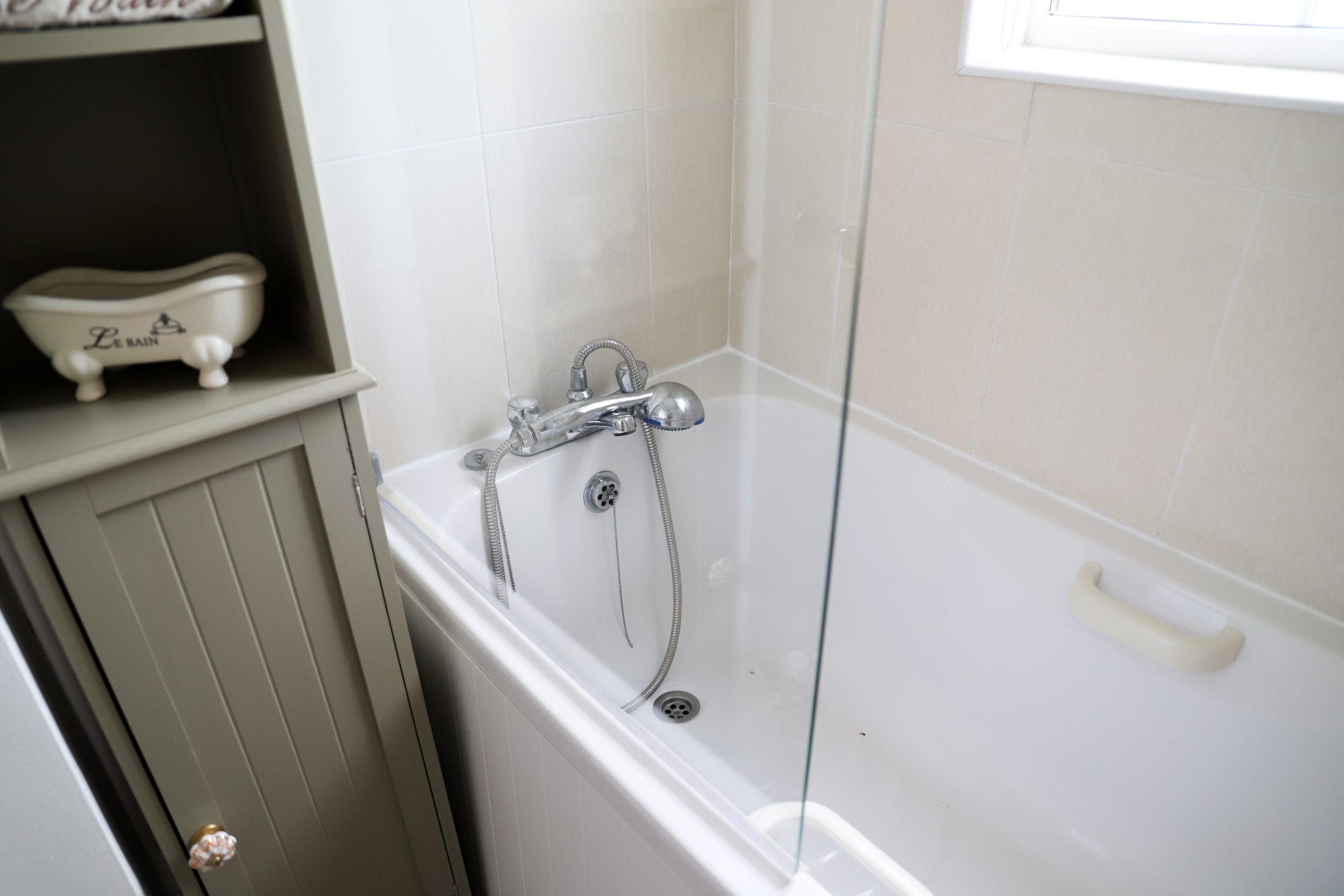
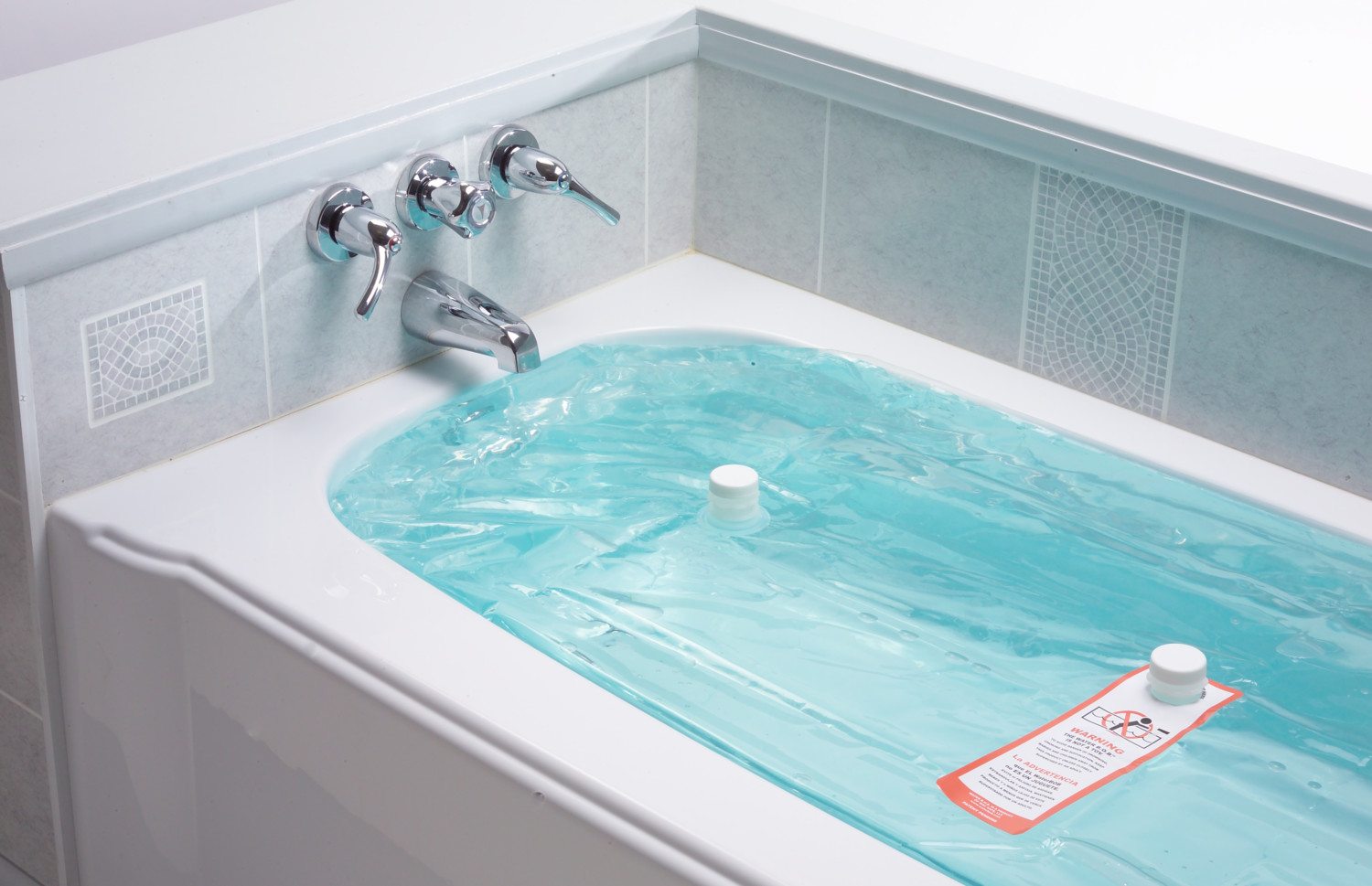
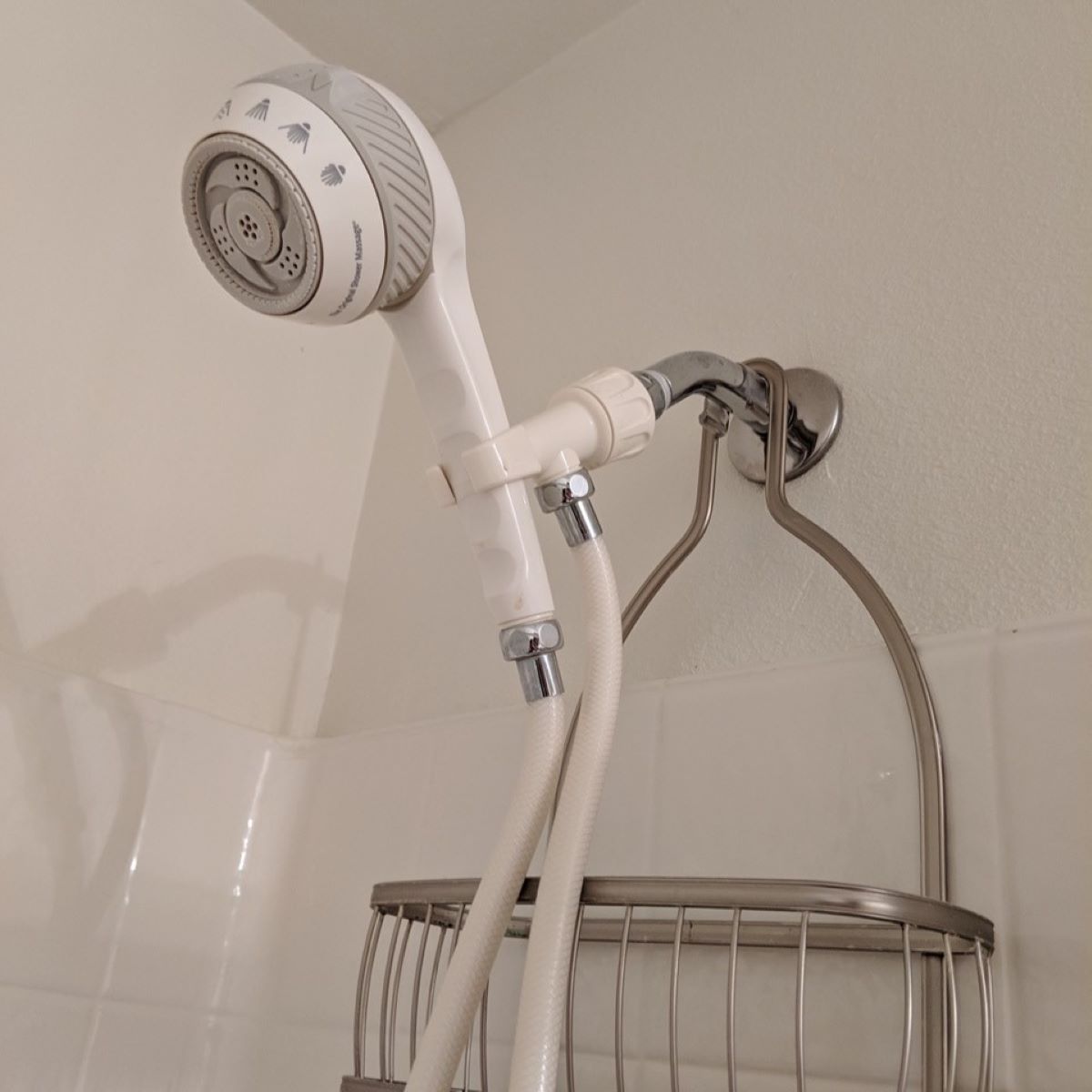
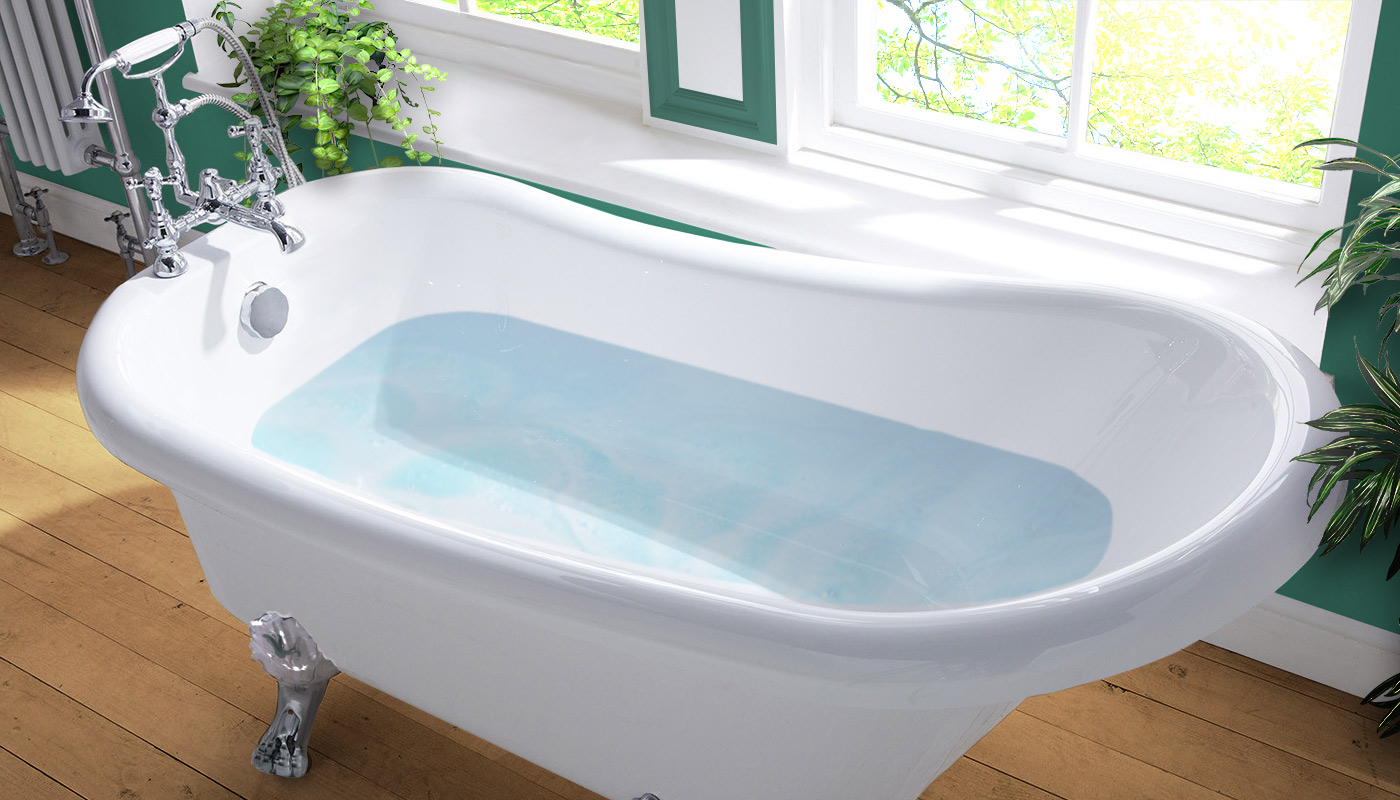
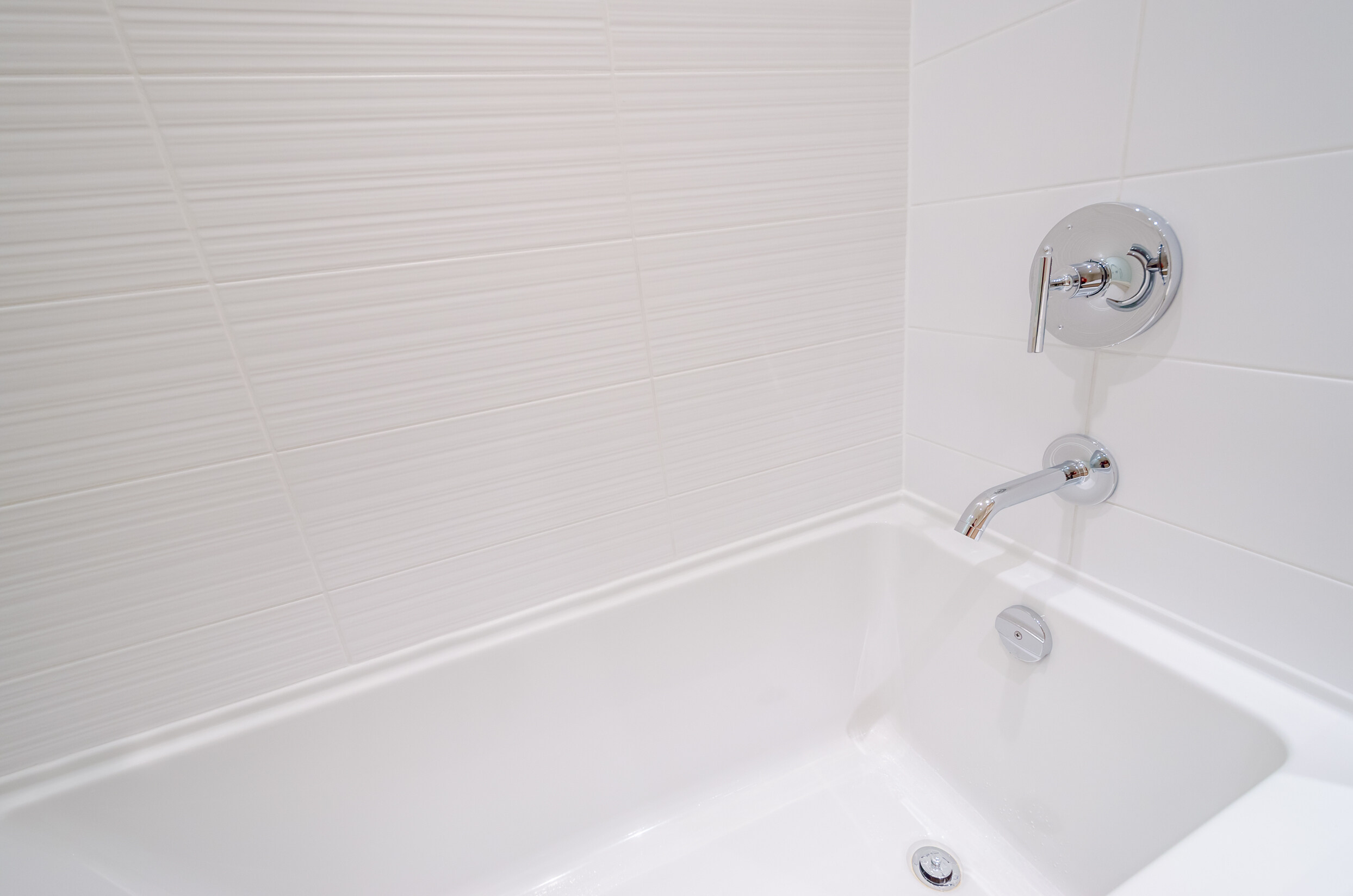
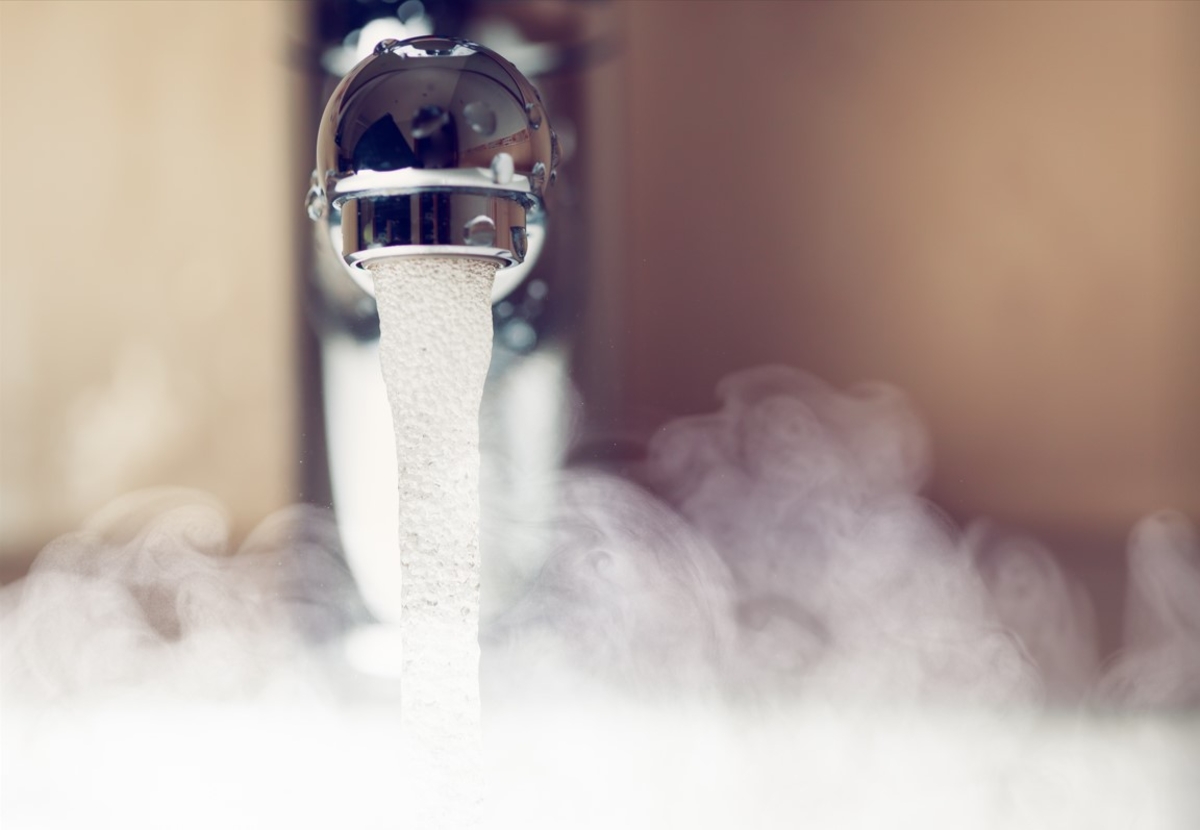





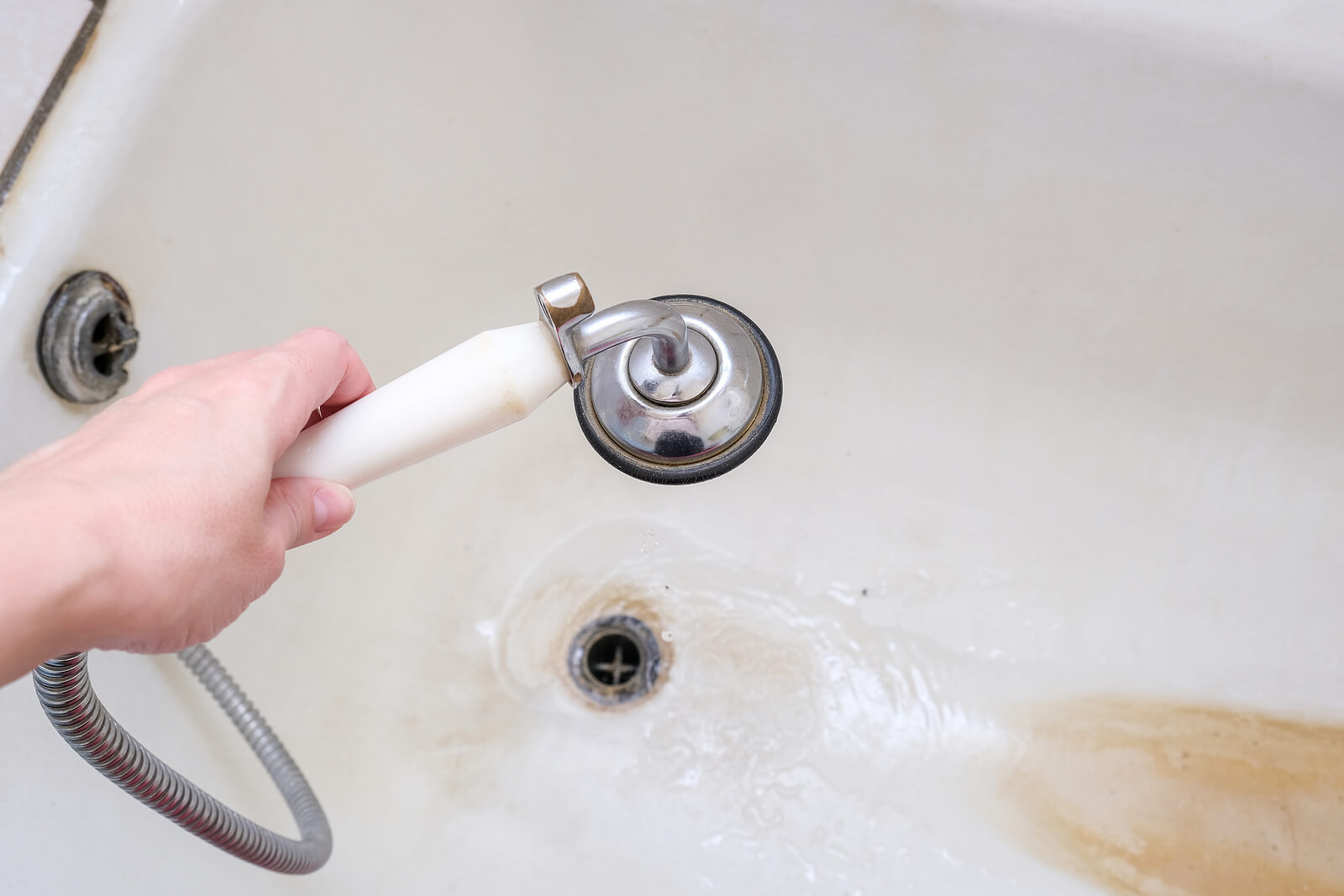


0 thoughts on “Why Is Bathtub Water Blue”